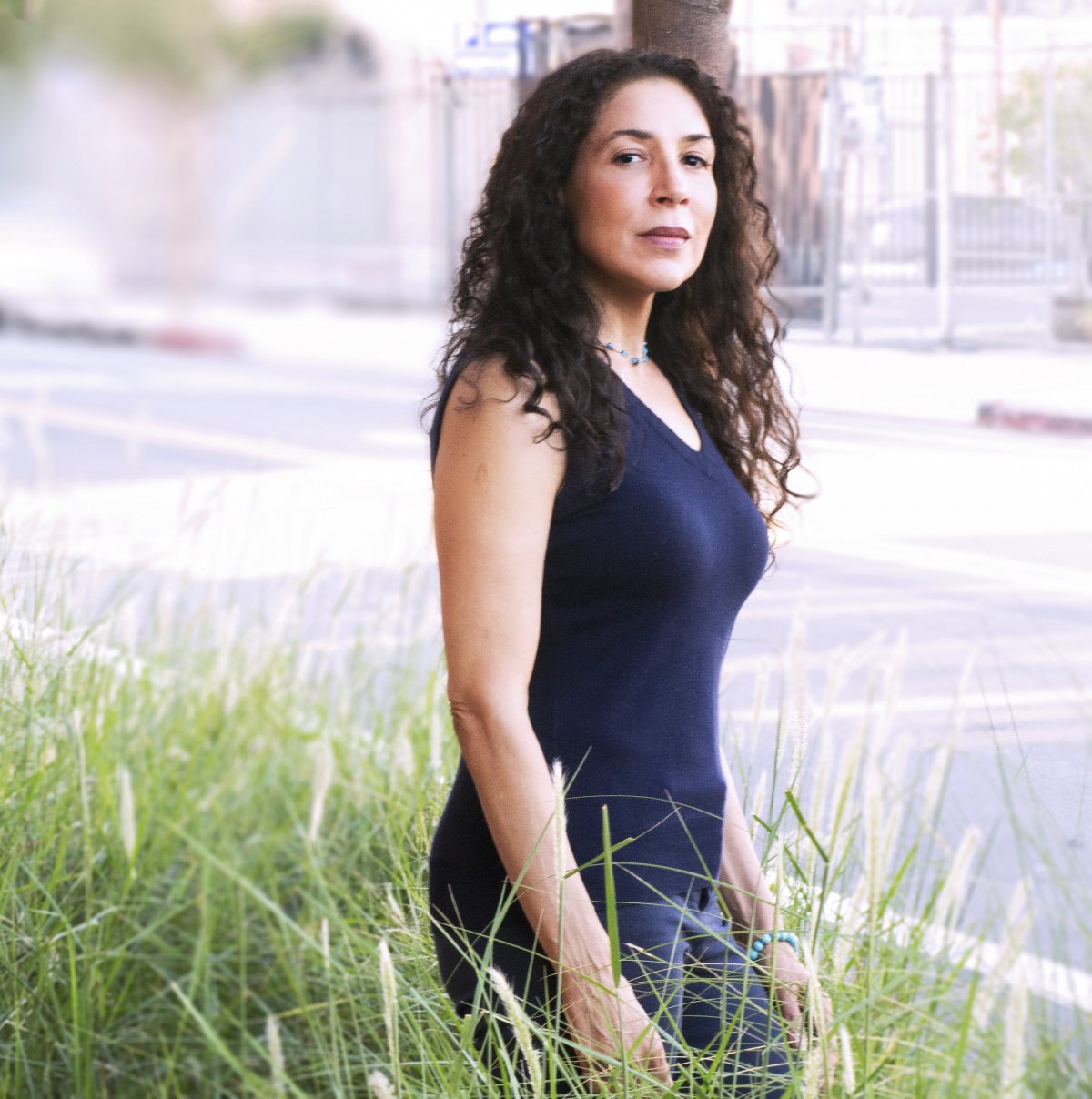
Category: Woman. Warrior. Writer.

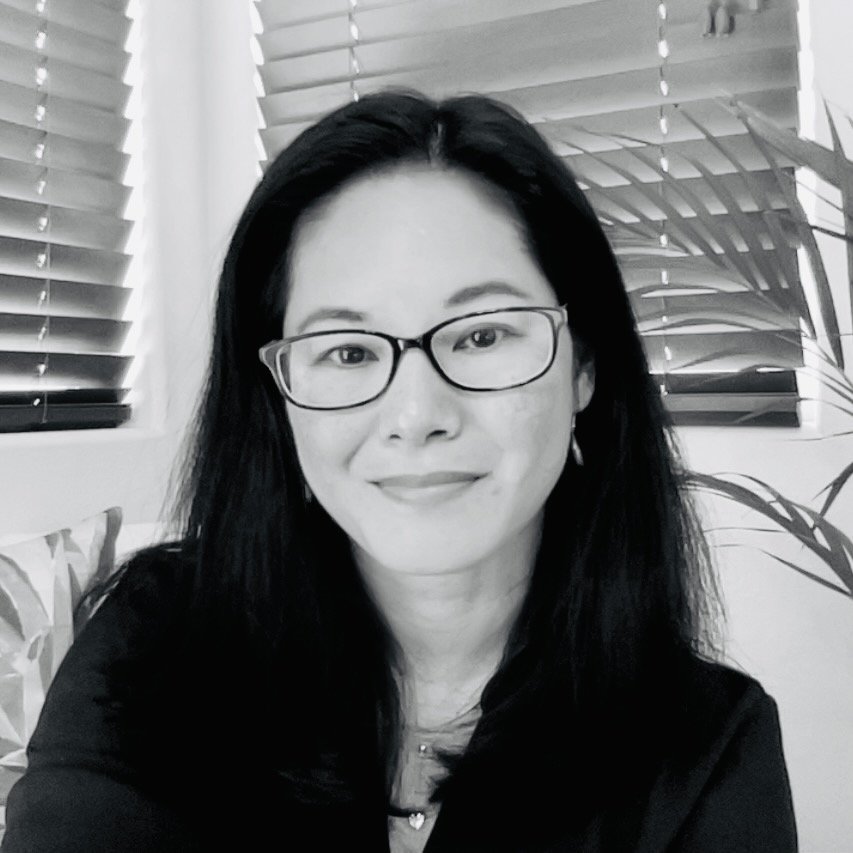
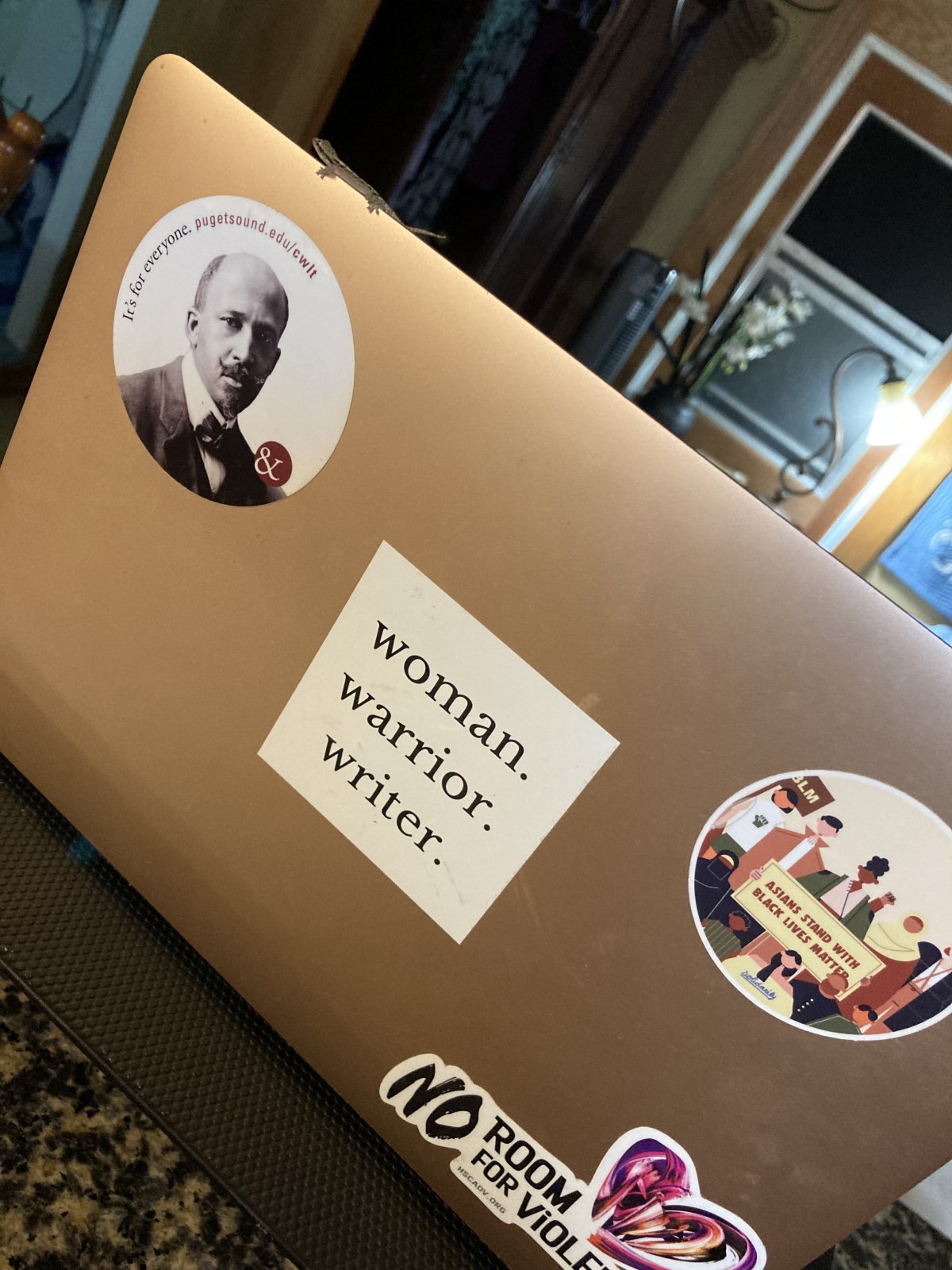
I went to Pūpūkea for a few days to write. I love the cooler climate and the silence. It’s always good to get out of town. When you tell people you live in Hawai’i people immediately conjure an image of an empty beach, not Honolulu.
I did some work on my manuscript (working title) BREAK: Learn Your Truth, Write Your Divorce, and Author Your Life. My book is about how to write a divorce story for your legal and personal file. It’s a self-help book. I designed a story structure outline that will enable any woman to confidently write her divorce story.
I have a specific and ambitious goal with this book: my aim is to shift perceptions on how women conceptualize divorce and selfhood, and to teach women to use writing as a means of empowerment to rethink their lives during and after divorce.
Valhalla on the North Shore is a beautiful place and I recommend it for those looking for some quiet. 
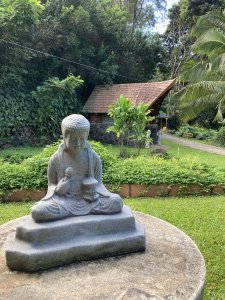
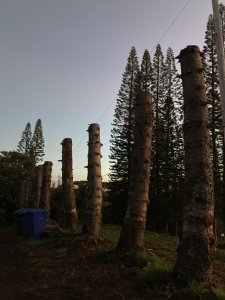

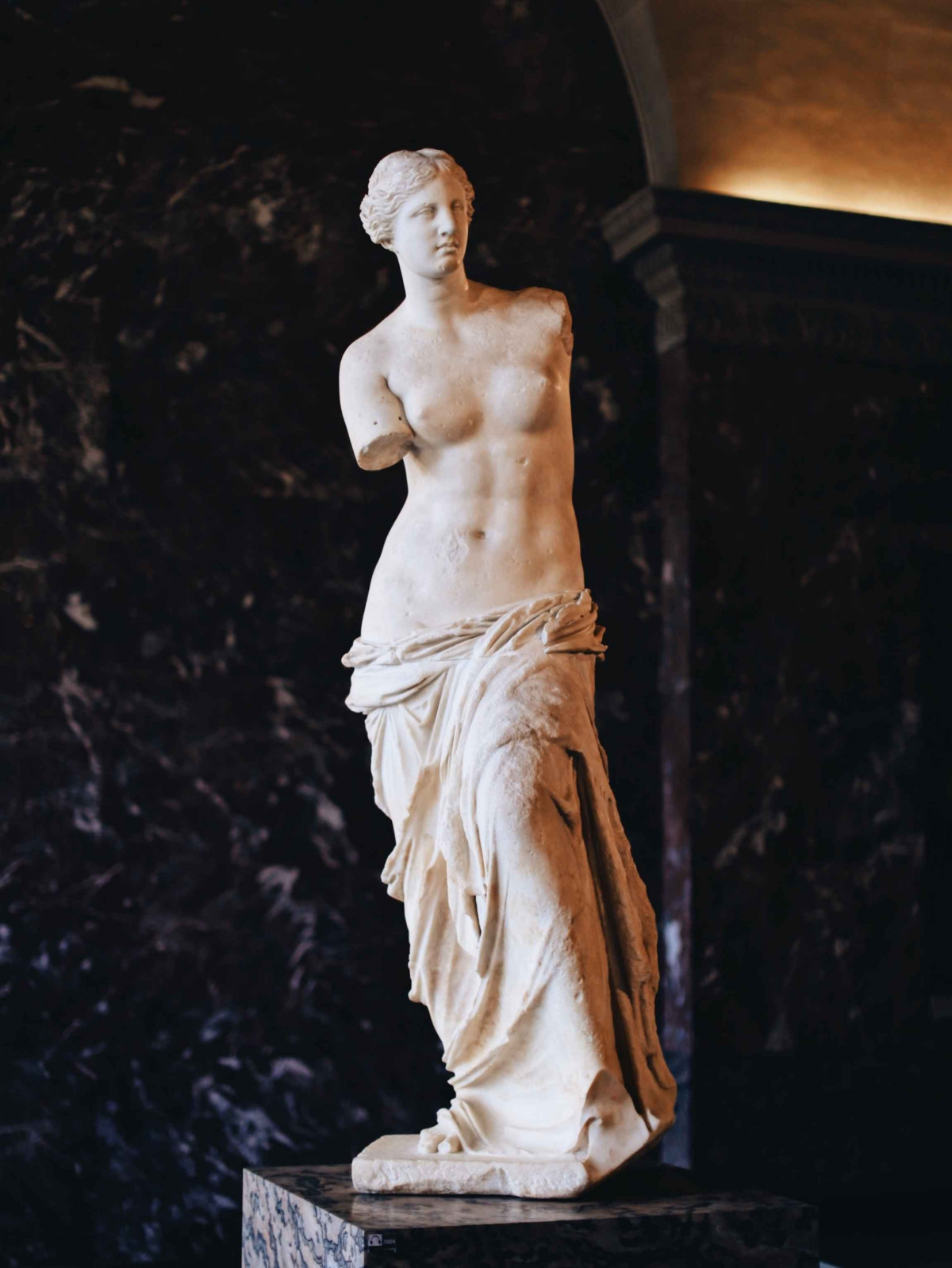
How to View a Sculpture
I would like to explain a few ways that we can think about the practice of observation that might help us come to terms with the way we see ourselves within the construct of marriage and divorce.
Here’s the famous Venus de Milo (photo by tabitha turner) an ancient Greek sculpture displayed in the Louvre. She is a symbol of Western beauty. There are many tales surrounding her beauty and interpretations of her appearance. I am unaware of an Asian equivalent image of a woman that is as significant on a global scale. There’s a meta element to her existence as a sculpture that also interests me: the physical element that socially distinguishes an individual and determines personal navigation is the face, the next are one’s hands. What we move, carry, sculpt, shape, stroke, create, carve and more, determines what we do in the world. She has no arms, no hands, so we look at her body and face…but let me continue.
When I was sixteen my parents sent me to France for the summer to learn French. I stayed with an acquaintance of my father’s, a medical doctor’s family, which I did for a few weeks in their summer home in the south of France. It was eye opening for me: large meals of rabbit stew at noon, a Pink Floyd blasting grandmother, a tennis playing aunt with a deep tan wearing a bikini that displayed tufts of her pubic hair, and a bucolic estate replete with a vineyard and peacocks pecking about the front lawn. There were other teenagers, but I was an admittedly difficult teen, bookish, and easily bored and not the best social companion, and so, within a short period of time found myself alone on a train to Paris where I spent the remaining part of the summer attending classes at Alliance Francais. I was terribly lonely and wanted to return to the US, but refused to do so out of pride. Determined to stay on, I decided to be purposeful, and so I set myself the task of going to every single museum in the city.
As anyone knows, there are countless museums in Paris, but I covered many of them, an admirable ambition and a reflection of what I recognize now, as a sometime dutiful and obedient nature. I wandered about with my guidebook and recorded my observations in French in my journal as I downed cups of hot chocolate and cut my way through pastry after pastry. One day I met an older man—I no longer remember his name or even what he really looked like, although I seem to recall dark framed glasses and hair, and a leather briefcase. He saw me wandering around outside the Louvre, introduced himself, and then kindly proceeded to take me on a tour of the museum, pointing out significant art, and commenting in a way, I realize now that suggested someone with an abiding passion for art. After we drank coffee in a nearby cafe and chatted about what we saw, although I politely declined an invitation to meet him again. There are all kinds of ways we can read this encounter, but suffice to say the lesson he imparted to me that day about how to look at sculpture was probably one of the most significant I learned in terms of observation, one that I have carried with me and added to, and have passed on to students throughout my life.
When we look at a sculpture face-to-face or face-to-shape a single look from one angle does not suffice. Modern life is hurried, but when we slow down and look carefully, we experience art in new ways. To take in a sculpture in a way that evokes a relational response to the art and artist, we observe the piece from multiple vantage points, address the three dimensional material object at various angles. We might walk around it, do a 360 degree stroll. We squat down and look up, as if to be a small child beholding the world above. We reach out and touch it. Lean against it, if we can, press our own body against it, feel its surface. We stand up on our tiptoes and then look down upon the object. We tilt our head sideways and maybe even upside down. Most significantly, we look at the piece of art at different times of the day to observe how the shadows change, how the light and dark are cast across the shape, and note what this does to the object. The shadows tell a story. A sculpture does not look the same at dawn as it does mid-day. We must interact with it at different times, note the miracle of how it changes, to really see what the sculptor might have been communicating.
We too must allow ourselves to understand that the way we observe, define, any object, idea, institution, state of being, or whatever we encounter as humans, depends on our vantage point and may dramatically shift throughout the course of a day, over a number of years, as we weave our way through a lifetime. This perspective is derived from where we are physically, emotionally, or in time. How we see and why we see is fluid. It changes depending on the light or dark, on our moods and priorities, on what came prior or after.
Our responsibility then is always to understand, and if writing, to record and detail what we know when we know it, forgiving ourselves for what we cannot possibly see at the time we are observing, or if we dare say, participating, responding, or dancing with the art or idea. We might be generous to ourselves, allow ourselves flexibility as we move to a new insight closer into the seeing and knowing of how and why, nurturing or answering our questions as we linger and skip. It is impossible to take in all angles at once. Maybe there is a spot where we gaze beyond the sculpture, and so the object becomes framed within the background, or the object comes forward, the background receding. We touch the shape, feel its ease, roughness, and smoothness, its temperature and crevices. This moment is all that we take from the experience of looking at the sculpture as we remember it later, trying to recall and feel again what we felt. Somehow, removed from that moment, we feel a bit differently, and we say in our hearts that the art was more expansive at that time, at that place. Maybe it was. Or not. We have to have a little faith in ourselves, that where and how we are seeing at the moment is one perspective and it is fine, we are doing our best, we are seeing what it is we are supposed to see. When we look back at the moment, we are also doing our best, recalling what we can with all that we can muster.
Truly seeing art, understanding an idea, feeling, person, place, concept, requires us to be compassionate with ourselves. Seeing involves being seen–specifically, we must see who we were and are, and this will allow us to envision who we can be. Slow down. Take in the sculpture. Allow yourself to see. This practice of seeing will help you to see others and yourself.

Women are storytellers and consciously or unconsciously constantly use stories to communicate. We navigate life telling, remembering, and listening to stories. The key is to be conscious and to honor this powerful ability within ourselves. For how many thousands of years have women told stories to children before they sleep, or used stories to explain a moral rule or household habit? We know the stories of our community, and we are often entrusted, whether we like it or not, to be the holder of family secrets. We find it easy to contain and hold and tell the stories of those we know and love. More complicated, for reasons that I will explore in the coming pages, is putting ourselves both literally and metaphorically as the central protagonist in our own grand story called Life. When we center ourselves as characters in our story, the one that we live and write, we validate ourselves. Writing our story, what happened and what we felt about what happened, is one of the most powerful ways that women can define, heal, and reckon with ourselves.
A divorce story forces us to center ourselves within the context of our own life. Willingly or unwillingly, we as women have frequently been assigned roles that have translated into prioritizing others needs before our own. By default and extension, we become reluctant to claim a space for ourselves, and in turn, the best we can often muster up, is to claim a segment of others’ stories for our own. While any story has many characters, we can do this to the point where we forget our story, downplay our role in others’ stories, deprive another of their own story to live to satisfy the absence of our own story, and most tragically, and all too common, think that we never had a story, or that our story was secondary to another’s because such a person received more external validation in terms of money or status.
Women are almost always rewarded for compliance, for putting others first every step of their lives and are bestowed praise for living the accepted narrative of a helpmate to everyone within a world governed by men. Our names change upon marriage. We are not on stage; we are Stage Mothers. Our salaries our lower. Our hours are longer. We are the stop gap go-to person for when all systems fail, when a family’s in crisis, a car malfunctions, a child is sick, or when someone is laid off. Everyone turns to us for caregiving. The status quo rewards us for making our story shorter, for functioning solely as a prelude to the stories labeled more significant, even if they are the stories of our loved ones. We almost always define ourselves in relation to another person and if we fail to do this according to an imagined bar of sacrifice and service, we feel poorly about ourselves or others judge as inferior or lesser. There is a huge difference between living a story that exemplifies love, loyalty, and kindness, and being measured as worthy because of what compromises one has made to exist in a relationship with another.
Divorce is often the first time we may consider the real depth of our individuality. We may have always told the story of our marriages, relationships, romance, and families with the royal plural “We” as opposed to the humble first person “I”. This is how writing a divorce story can empower: if we were firmly entrenched in the “we” of being a couple, becoming the main character of the story is a shock to the system! There are a minimum of three stories in every marriage. The “I” story of each individual and the the “We” story they mutually narrate about their coupledom. It is vitally important to state that our lives do not exist in a vacuum, and that we are deeply affected and directed by the culture of our time.
Once we recount the story of what happened in our marriage and what we felt about what happened, we can boldly claim space in a new arena. The story of a public life almost always sets the man’s story as first, the woman’s story as secondary. As women, the divorce story we share with honesty, is the story of the marriage wholly from our personal perspective. Know that writing this personal story solely from our own hearts is not an act of selfishness, but an act of personal volition. It is saying to the world: My story is worth telling because I have value.

I think the most important lesson I acquired from my divorce was learning to say NO.
NO, I do not want to be respected in this way. NO, I do not have to accommodate this decision. NO, I will not do this to placate. NO, I do not want to make up for your feelings. NO, I am too tired to be cheerful. NO, I do not feel like smiling now–in particular, upon demand. NO, I do not want to make small talk with people who are unpleasant. NO, I do not enjoy watching people get fall down drunk. Sorry that bores me. NO, I am not going there because everyone else is going. NO, I am not going to that place either. NO, I don’t want to watch that show. NO, I do not want to pretend, ever again, that I am enjoying myself when I do not. NO, I am not staging anything in order for another to appear better. NO, NO, NO.
One can say NO, THANK YOU, if you feel so inclined to soften the NO, which, coming from most women, is usually met with some resistance.
Saying NO allows one to say YES.
- YES, I want to live authentically.
- YES, I make mistakes and I am OK in life.
- YES, I can experience joy.
- YES, I have boundaries.
- YES, I am here to be who I am.
- YES. YES. YES.
What I noted was that I had to get comfortable saying NO before I could get to YES. For some, saying YES first and frequently, squeezes out the NO, so it makes NO a bit easier to say. Best to figure out what works for you. I believe that YES proved to be more confusing to me because women are taught to accommodate and say YES at their own expense, so I had to get comfortable saying NO.
Say NO to say YES. Figure out how many times you say YES when you really mean NO. If you start thinking about it and realize you never wanted to say YES to begin with, but felt pressured to do so, you need to think about why and how and with what frequency you say YES. It’s one thing to say YES if it’s a rather small ask. It’s another thing if saying YES chafes against your personal beliefs or narratives.
BREAK: Write Your Divorce Workshop will be held on November 14 SUNDAY 7-9AM (HST). Learn about how YES and NO affect the story you tell yourself about your divorce. This workshop will give you the tools that you need to write your story for your legal/personal file.